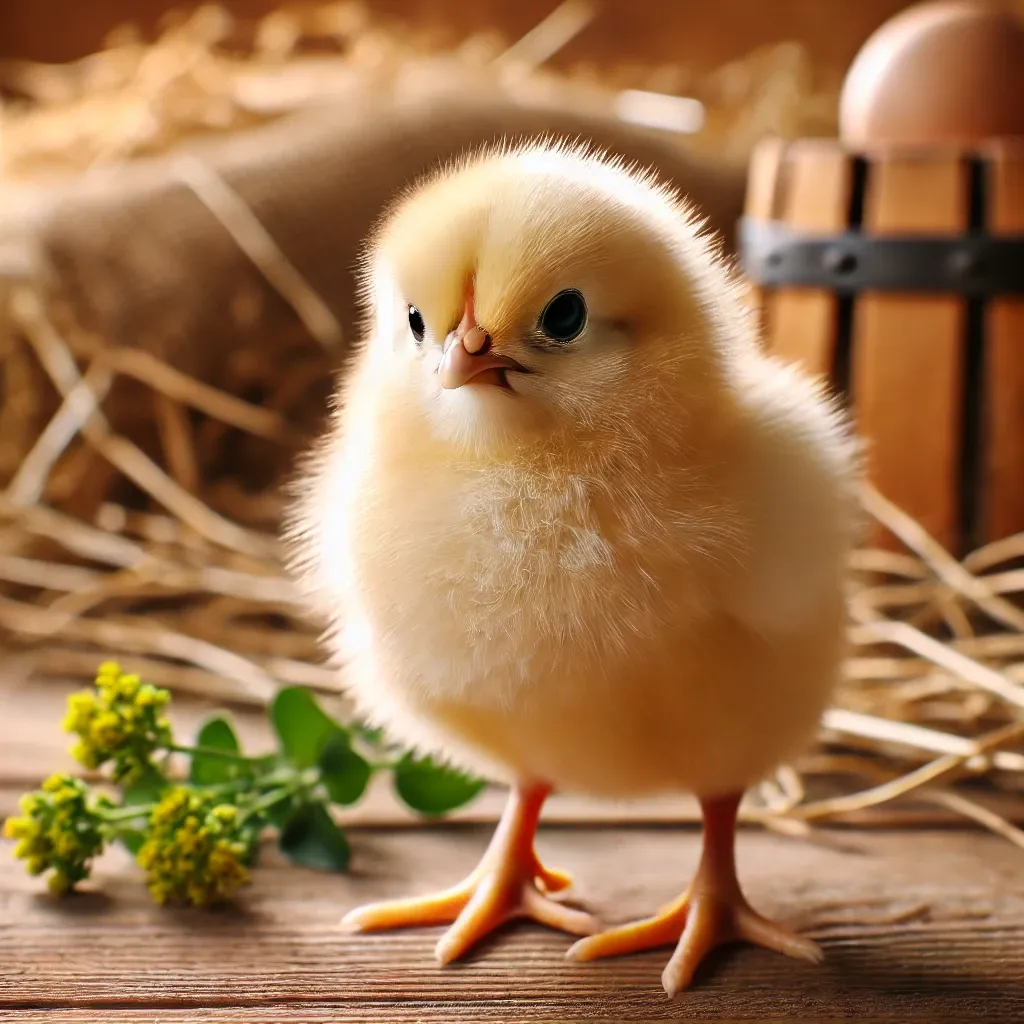Ever wondered how to care for a chick after an incision? How can sticky incision pus affect recovery? Learn about different types of incisions, and what to do after one, especially in chicks. Don’t miss these crucial insights!
Chicks are delicate creatures that require special care, especially when it comes to their health and well-being after undergoing procedures like incisions. Whether it’s for medical reasons or related to farming practices, understanding how to manage a chick’s recovery after an incision is essential. This article will delve into the different types of incisions, the recovery process, and tips for ensuring your chick heals well, especially if complications like sticky incision pus arise.
1. The Chicker and Its Health: What You Need to Know
The “chicker” refers to a young chick, typically within the first few days to weeks of life. These birds, while adorable and seemingly resilient, require proper care to thrive, especially when they face any health issues. From simple medical procedures to more complex surgeries, keeping track of the health and recovery of your chick is crucial.
Common Incisions in Chicks
Incisions in chicks are often required for medical procedures or corrective surgeries, and there are a few different types depending on the nature of the condition. These procedures can be necessary for various reasons, from correcting deformities to addressing infections or injuries. Some of the most common types include:
-
Skin Incisions For minor surgeries like wound cleaning or the removal of infected tissue.
-
Abdominal Incisions If there are issues like internal organ problems that need to be addressed surgically.
-
Eye or Facial Incisions These are rarer, often related to congenital issues that need correction.
Understanding what each incision type entails helps caregivers anticipate and manage the chick’s recovery process.
How to Care for a Chicker After an Incision
-
Ensure that the chick is in a clean, quiet, and warm environment.
-
Monitor the incision area daily to check for signs of infection or complications.
-
If sticky incision pus appears, it may indicate an infection, and the chick should be treated with antibiotics or other prescribed medications.
By following the proper recovery steps, chicks generally heal well after surgical procedures, and many go on to live long, healthy lives.
👉 Learn more about chick health and recovery 👈
2. Sticky Incision Pus: A Common Concern
When caring for chicks after an incision, one of the main concerns that arise is the development of sticky incision pus. While this can seem alarming, it is a relatively common occurrence after surgery. Pus is the body’s natural response to infection, and in some cases, it can be a sign that the chick’s immune system is fighting off bacteria.
What Does Sticky Incision Pus Mean?
-
Appearance Sticky pus often looks thick and may be yellow or greenish in color. It can sometimes form a crust over the incision.
-
Causes Infection is the primary cause of pus. This could occur due to bacteria entering the wound during or after surgery.
-
Treatment If you notice sticky pus, it’s essential to keep the area clean and consult a veterinarian. A topical antibiotic or systemic antibiotics may be needed to clear the infection.
While it’s tempting to remove pus immediately, it’s important to avoid disrupting the healing process. Instead, follow a prescribed treatment plan to help the chick recover without causing further harm.
Why is Sticky Pus Dangerous?
Sticky pus left untreated can lead to further complications, such as deep tissue infection or the development of abscesses. If the infection spreads, it can jeopardize the chick’s health, so monitoring and addressing sticky pus promptly is crucial for successful recovery.
👉 Find more information about sticky incision pus 👈
3. Recovery Styles and Tips for a Chicker
After an incision, the healing process in chicks follows specific patterns that vary depending on the type of surgery or incision. The recovery process can be influenced by factors such as the chick’s age, the extent of the incision, and the overall care provided. Different recovery styles or approaches can be tailored to each situation.
Key Recovery Steps
-
Environment A quiet, warm, and safe environment helps the chick recover without stress. Too much movement or disturbance can hinder the healing process.
-
Monitoring Regularly check the incision for signs of infection, pus, or unusual swelling. This helps catch issues early before they escalate.
-
Feeding and Hydration Ensure the chick has access to nutritious food and clean water, as this aids in the healing process. A balanced diet can boost immune function and overall health.
-
Medication If antibiotics or other medications are prescribed, follow the veterinarian’s instructions strictly to prevent complications.
-
Isolation If you have multiple chicks, consider isolating the one that underwent surgery to reduce the risk of injury from others.
In some cases, recovery can be supported by styling the chick’s post-surgery care with extra attention to detail. Whether through massage, topical ointments, or proper bedding, every little step counts towards ensuring the chick’s health.
Real-Life Example
When a farm’s chick named “Sunny” underwent a small surgical procedure to remove a growth, the vet recommended isolating her for a week in a warm, private space. The chick’s recovery was smooth, aided by regular checks and careful application of prescribed antibiotics. Within a week, Sunny was back with the flock, healthier than ever.
👉 Explore more on chick recovery techniques 👈
Conclusion
Caring for a chick after an incision requires a combination of attentiveness, proper medical care, and patience. By understanding the types of incisions, the role of sticky incision pus, and the recovery process, you can ensure your chick heals properly and returns to its healthy, vibrant self. With these steps in mind, you can confidently manage your chick’s recovery and provide the best care possible.
As with any animal care, early intervention is crucial. Be sure to consult with a veterinarian if you notice any unusual symptoms, and always prioritize cleanliness, rest, and proper medication to support the healing process.






